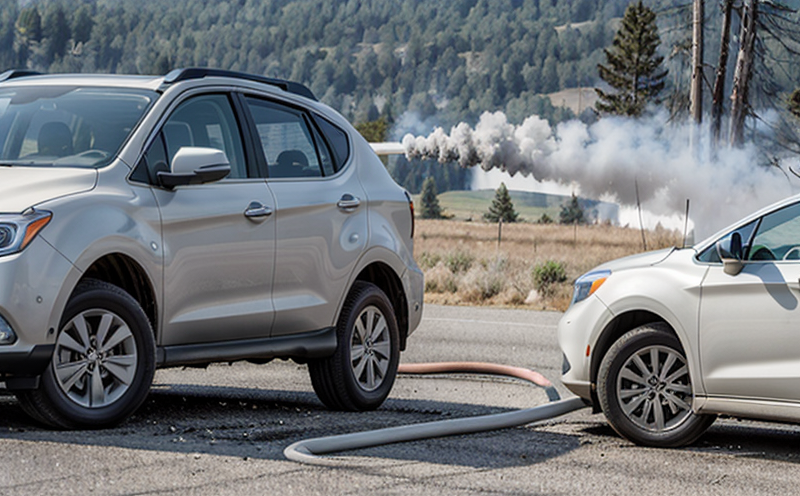CO Emission Measurement in Fire Testing
The measurement of CO (Carbon Monoxide) emission during fire testing is a critical aspect of ensuring safety and compliance in various sectors, including construction, manufacturing, and public safety. CO is one of the toxic gases that can be released when materials burn incompletely, posing significant risks to human health and safety.
In fire testing, the primary objective is to understand how different materials react under controlled burning conditions. This helps manufacturers and regulatory bodies identify potential hazards associated with the use of certain materials in construction or industrial settings. CO emission measurement plays a crucial role in this process by providing quantifiable data on the levels of toxic gases produced during combustion.
ISO 6940:2017 specifies methods for determining the smoke density and toxic gas emissions from materials, including CO. This international standard is widely adopted to ensure consistent test procedures across different jurisdictions. The testing process typically involves exposing a specimen to controlled flames in a specially designed chamber, where the amount of CO produced is measured using advanced analytical instruments.
The measurement techniques used for CO emission during fire testing include不分段





